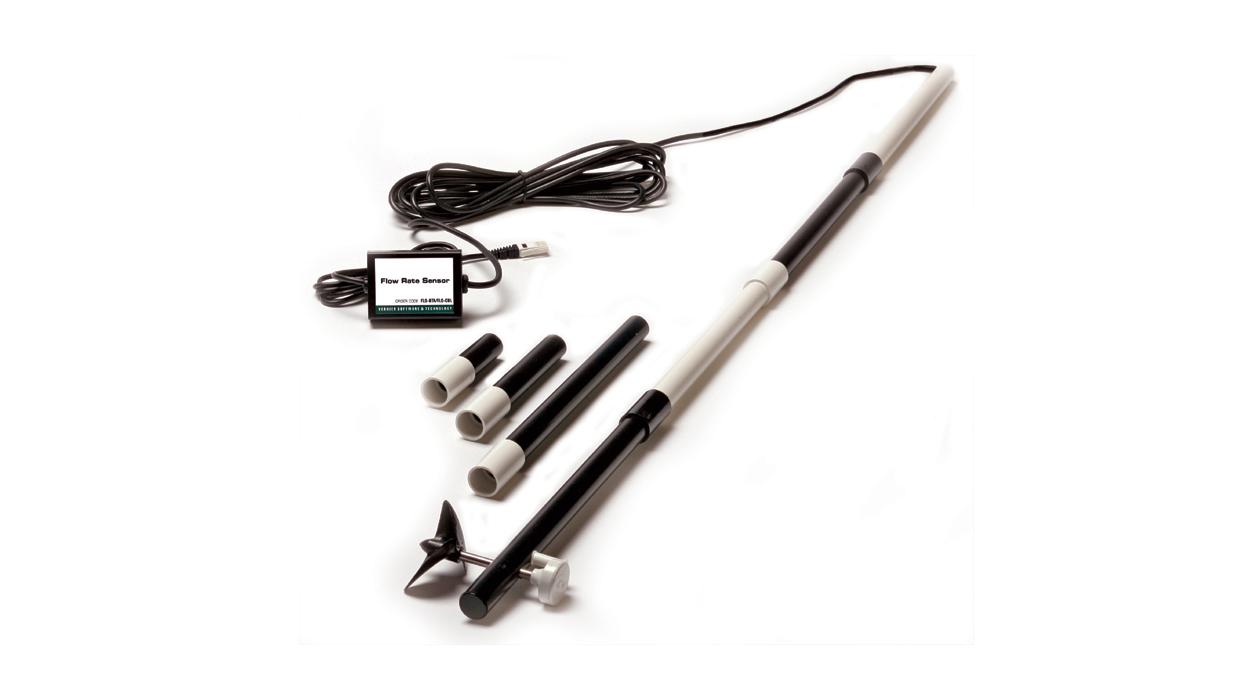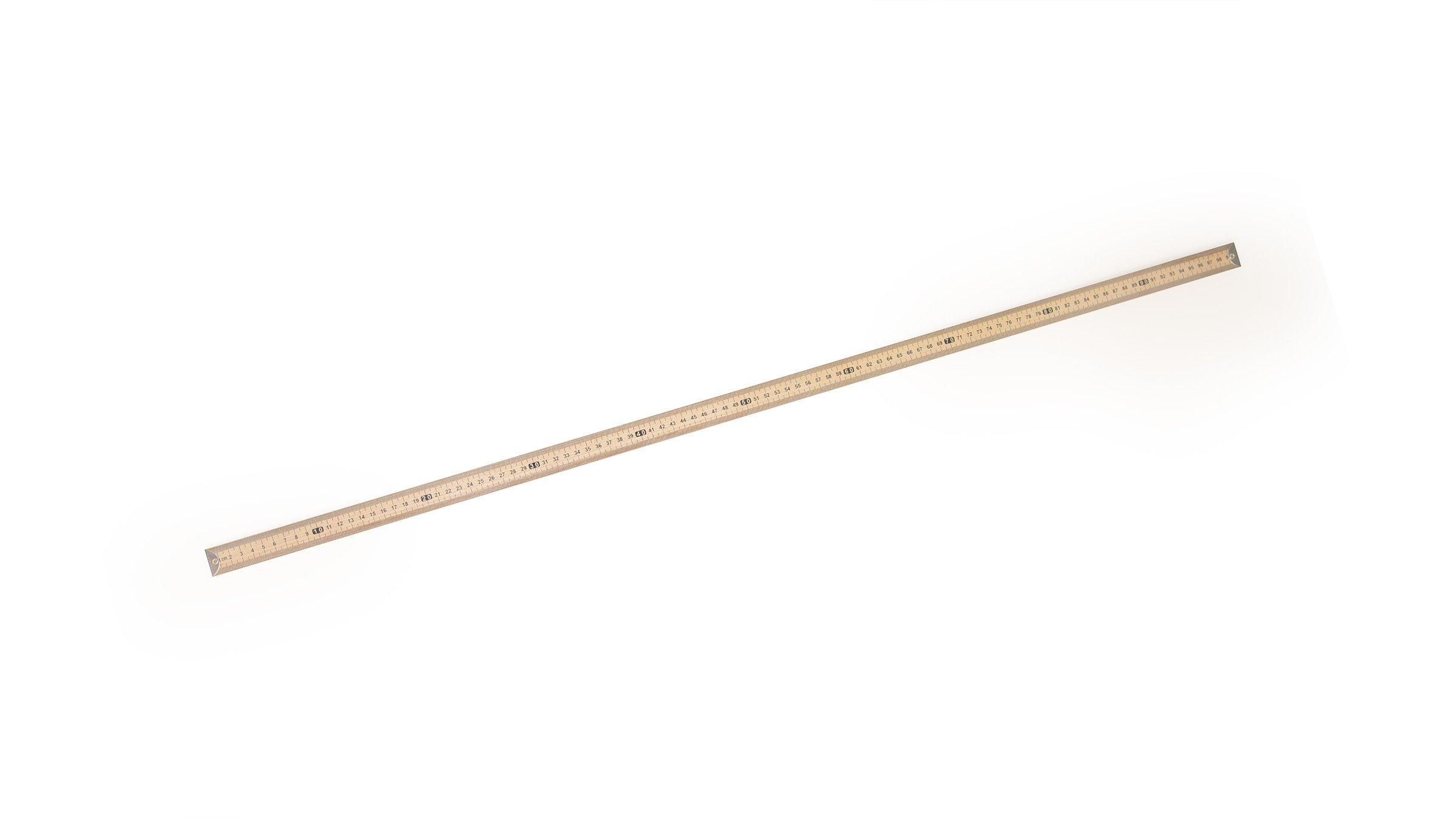Introduction
Stream flow or discharge is the volume of water that moves through a specific point in a stream during a given period of time. Discharge is usually measured in units of cubic meters per second. To determine discharge, a cross-sectional area of the stream or river is measured. Then, the velocity of the stream is measured using a Flow Rate Sensor. The discharge can then be calculated by multiplying the cross-sectional area by the flow velocity.
Stream flow is an important factor in the stream ecosystem and is responsible for many of the physical characteristics of a stream. Stream flow can also modify the chemical and biological aspects of a stream. Aquatic plants and animals depend upon stream flow to bring vital food and nutrients from upstream, or remove wastes downstream.
Stream flow has two components. The first is flow velocity and the second is the volume of water in the stream.
Flow Velocity
The flow velocity is influenced by the slope of the surrounding terrain, the depth of the stream, the width of the stream, and the roughness of the substrate or stream bottom. If the surrounding terrain is steep, then rain water and snow melt will have less time to soak into the ground and the runoff will be greater. In an area with level terrain, the rain water has plenty of time to soak into the ground and, as a result, there is less runoff.
Flow velocity will also vary as the width or depth of a stream changes. When the width of the stream narrows, the velocity of the water increases. This is because you have reduced the area that the water must flow through, while the volume of water is constant. The substrate of the stream bottom also affects the flow velocity because water will move more quickly over a smooth surface than a rough surface. For example, flow velocity is greater when the stream bottom is comprised of sand and clay and lower when it is cobble, rock, and boulders.
Volume of Water
The volume of water in a stream is affected by the climate of the region through which it flows. Areas with more rain and snow will have more water draining into streams and rivers. Seasonal changes also affect stream volume. In the summer there will be less water in a stream compared to the winter. The number of tributaries that merge with a stream or river contribute more water to the system, increasing the stream volume.
Humans are also responsible for altering the volume of water in a stream or river. Water is removed for consumption, industry, and irrigation. Roads and parking lots cover vast areas, preventing rain-water from soaking into the ground. As a result, water is forced to run directly into surrounding streams and rivers.
Objectives
- Measure the flow velocity at each interval along a stream site using a Flow Rate Sensor.
- Determine the stream flow.
Sensors and Equipment
This experiment features the following sensors and equipment. Additional equipment may be required.
Ready to Experiment?
Ask an Expert
Get answers to your questions about how to teach this experiment with our support team.
- Call toll-free: 888-837-6437
- Chat with Us
- Email support@vernier.com
Purchase the Lab Book
This experiment is #16 of Water Quality with Vernier. The experiment in the book includes student instructions as well as instructor information for set up, helpful hints, and sample graphs and data.



